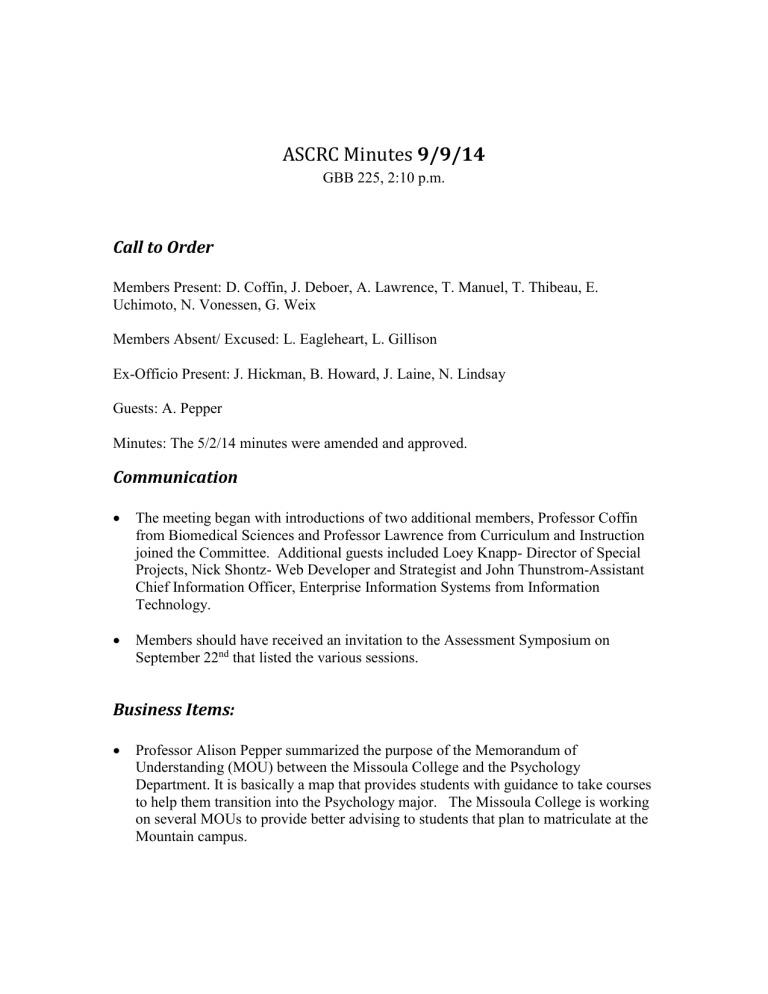

"Evans abrogated his duties as superintendent, fanned the flames of war when he could have dampened them, cultivated an unusually interdependent relationship with the military, and rejected clear opportunities to engage in peaceful negotiations with the Native peoples under his jurisdiction," according to the DU study. Studies by Northwestern and the University of Denver published in 2014 also recognized Evans' positive contributions but determined that even though he was not directly involved in the Sand Creek Massacre, he bore some responsibility. Evans also played a role in bringing the railroad to Denver, opposed slavery and had a close relationship with Abraham Lincoln, Polis noted. Polis added that the state is not erasing the "complicated" history of Evans, who helped found the University of Denver and Northwestern University in Evanston, Illinois. Geological Survey topographic maps in 1903, according to research compiled for the national naming board. The name Mount Evans was first applied to the peak in the 1870s and first published on U.S. Jared Polis signed off on the change to Mount Blue Sky before it went to the federal government's naming board for approval, noting in a letter to the board's executive secretary, "Colonel Chivington celebrated in Denver, parading the deceased bodies through the streets while Governor Evans praised and decorated Chivington and his men for their 'valor in subduing the savages.'" Many of Evans' descendants favored the change away from Evans, although some opposed it. "In his role as governor (but without the legal authority to do so), Evans authorized the kind of indiscriminate violence against Native people that would invariably lead to the slaughter of noncombatants." This, as stated in the DU study, created an atmosphere that allowed the massacre to happen. But the board voted with the consortium.Įvans issued a proclamation prior to the Sand Creek incident: ".Kill and destroy, as enemies of the country, wherever they may be found, all such hostile Indians."īut, according to a 2014 University of Denver study, Evans's expressions about Native Americans used "increasingly inflammatory language," and blurred citizens' distinctions between "hostile Indians" and Native Americans in general. Earlier this year a representative of the tribe filed an objection to the name Mount Blue Sky, which is a name used for a renewal of life ceremony which some tribal members believe is too sacred to be commonly repeated.

There were six formal proposals made to rename Mount Evans, including Mount Cheyenne-Arapaho, which the Northern Cheyenne favored. "It is a huge step, not only for the Cheyenne and Arapaho people, but also for the Ute Mountain Tribe, Southern Ute Tribe, Northern Arapaho Tribe and other allies who worked diligently to being the healing process, bringing honor to a monumental and majestic mountain," said Cheyenne and Arapaho Tribes governor Reggie Wassana.

It was a victory for a consortium of Native American tribes as well as organizations like the Wilderness Society. Board of Geographic Names voted 15-1 Friday to rename the mountain, ending over 120 years of it being formally named for Colorado's former territorial governor John Evans, who was pressured to resign from office for his role in the Sand Creek Massacre. The name of the 14,000 foot mountain closest to Denver is now Mount Blue Sky, inspired by a name for the Arapaho tribal members, known as the Blue Sky People. Mount Blue Sky, new official name for 14er closest to Denver, is inspired by Arapaho tribe 03:22


 0 kommentar(er)
0 kommentar(er)
